Is This the End of American Passport Privilege?
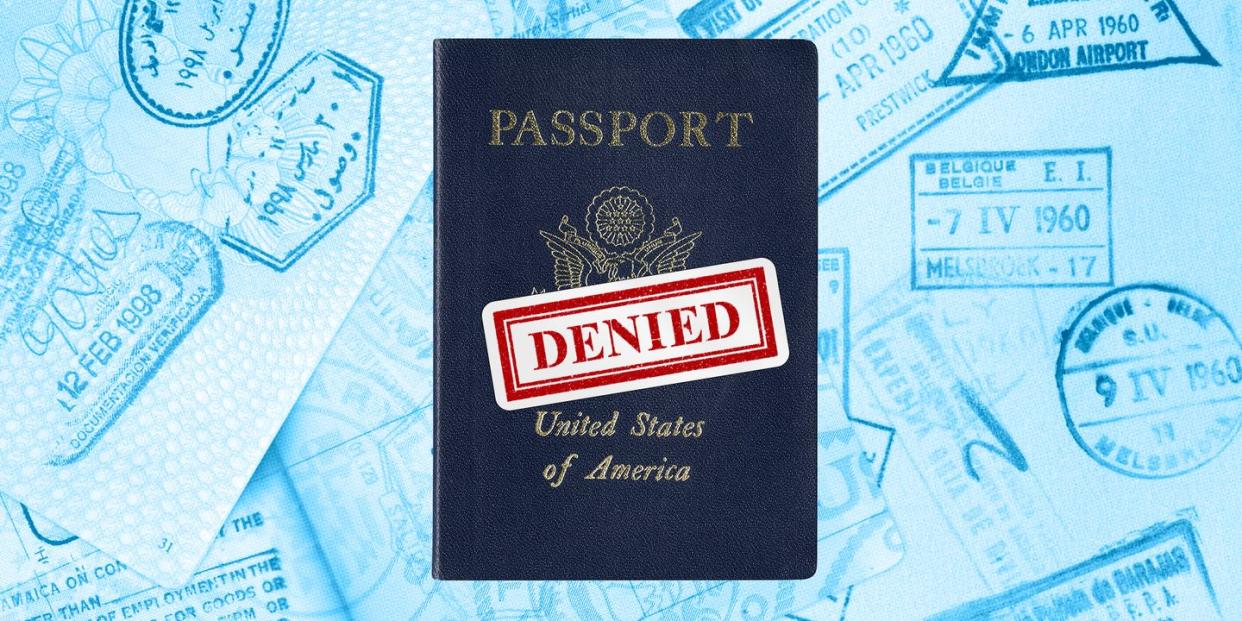
I've been worrying about the utility of the American passport. For those for whom it is not a birthright—like me; I was born in Poland—acquiring a passport with the words "United States of America" stamped in gold letters on a navy blue cover has long been akin to snagging the Golden Fleece. For decades, and especially in the years after World War II, it allowed for privileged entre to just about anywhere in the world, nearly borderless travel. It was freedom and all the opportunities that come with it.
Some people study the Social Register or the Forbes Billionaires list. Me? I study the world of passport rankings. Consider this a parvenus's preoccupation: I was "naturalized" as an American, receiving my citizenship during my sophomore year at Yale, on a brisk autumn morning at the New Haven courthouse, my mother and a high school friend standing witnesses. My first American passport arrived soon after (back then, the cover was khaki green).
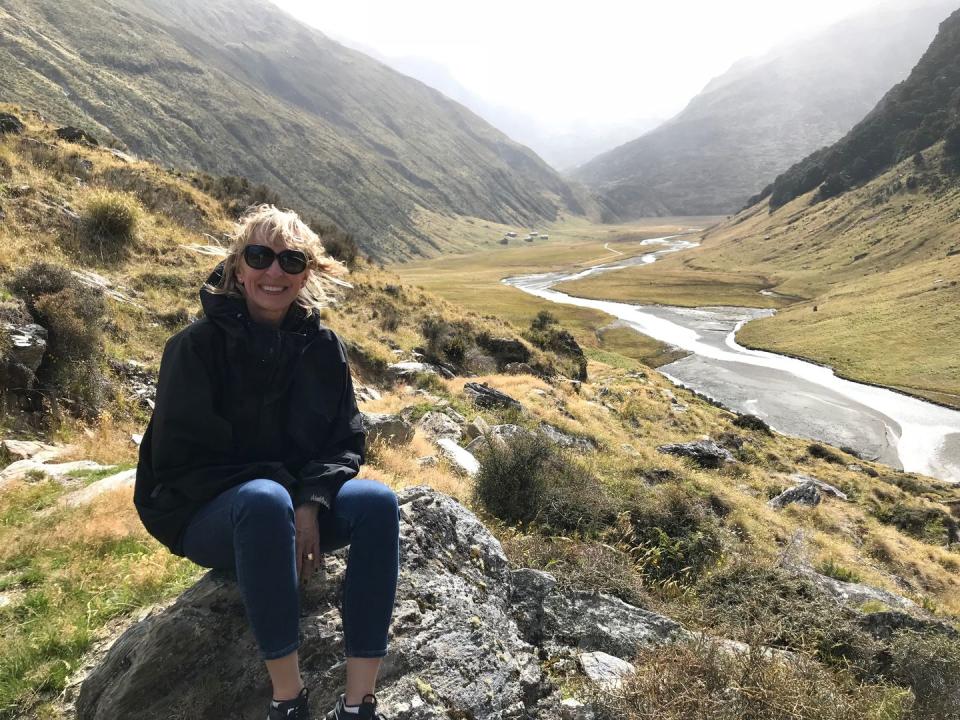
There are two major, somewhat rival indices that track passport rankings: The Henley Passport Index and the Passport Index. Both rank passports issued by UN-recognized nations and territories in descending order according to the number of countries those passports enable their holders to enter without visas, or entitle them to "visas on arrival" (a breeze unless you're a criminal tracked by Interpol).
The passport rankings measure not social or economic power but something of growing status and currency in our increasingly interconnected world—the freedom to travel. Passport power.
The Henley Passport Index was first compiled in 2006 by Henley & Partners, a global residency and citizenship advisory firm headquartered in London. On its 2020 list, dated July 7, the US passport is ranked number 7—tied with Belgium, Norway, Switzerland, and the United Kingdom, all of whose "visa-free-scores" (the number of countries and territories to which their passports gives their holder open access and which constitutes the passports' "value") is 184 out of a possible 199. No too shabby.
The world's most powerful passport, ranked number 1, is Japan's, with a score of 191; Singapore is at number 2, with a score of 190, followed by Germany and South Korea, tied at number 3 with a visa-free score of 189. At the other end of the spectrum are Syria, Iraq, and Afghanistan, with visa-free scores, respectively, of 29, 28, and 26.
But here's the thing: The American passport was number 1 in 2015. In 2016 it was number 3; held steady in 2017; dropped to number 5 in 2018; and to number 6 in 2019. Trend alert. It's 7 now—what's next?

Here's a clue. The fine print at the bottom of the July 7 Henley index informs us that "in certain instances, coronavirus-related travel bans may take precedence over the visa information recorded here."
Translation? Forget that number 7 ranking for the American passport in 2020. On July 1 the European Union decided to bar American passport holders from crossing its borders until further notice—the bitter fruit of our national failure to flatten and control the curve of Covid-19 infections. That's 14 additional countries now off-limits to holders of American passports. Subtract 14 from the Henley score of 184 and we're at 170 accessible countries, which in reality puts the United States in a tie with Argentina and Brazil at 19.
And that's before we factor in the non-EU countries that also won't have us. Like Canada. Or countless Caribbean island nations now cautiously reopening and understandably worried about maintaining their fragile Covid-free (or near Covid-free) status. Ironically, of all our neighbors, only much-maligned Mexico seems to have left out the welcome mat.
The other major ranking of passport power, the Passport Index, offers a snazzy interactive tool launched in 2015 by the financial advisory group Arton Capital. The "visa-free score" is here called the "mobility score." The site lets you view the scores and rankings by country, region, or globally. It lets you compare passports side by side (and even, if you're in the mood, by cover design and color).
It lets you explore how you can improve your own "personal mobility score" by acquiring additional passports (which some countries allow in exchange for varying degrees of investments). More to the point, unlike the Henley ranking, the Passport Index does take non-visa-related global factors, such as the pandemic, into account.
Here, the United States is not at number 7 (as on Henley) but at 21—better than Malaysia (22) and worse than Moldova (20). Moldova, let me remind you, is a former Soviet republic bordering Romania; back in the day, the US could send men, if not to Moldova, to the moon.
Things are even worse when you search the Passport Index site by its second ranking, the "individual passport power rank," which in addition to factors subject to hard computation (such as visa requirements) takes into account an individual country's "characteristics"-- its political, economic, and cultural allure. On that ranking--brace yourselves--the US falls to number 52.
All this is "triggering," as the parlance goes nowadays.
As far back as I can remember, the topic of passports—their national affiliation, application processes, and results of said applications—hummed in my background. Ancestral and family stories brimmed with remote and direct experiences. The tales went back, at least those with documented accuracy, as far as Napoleonic times.
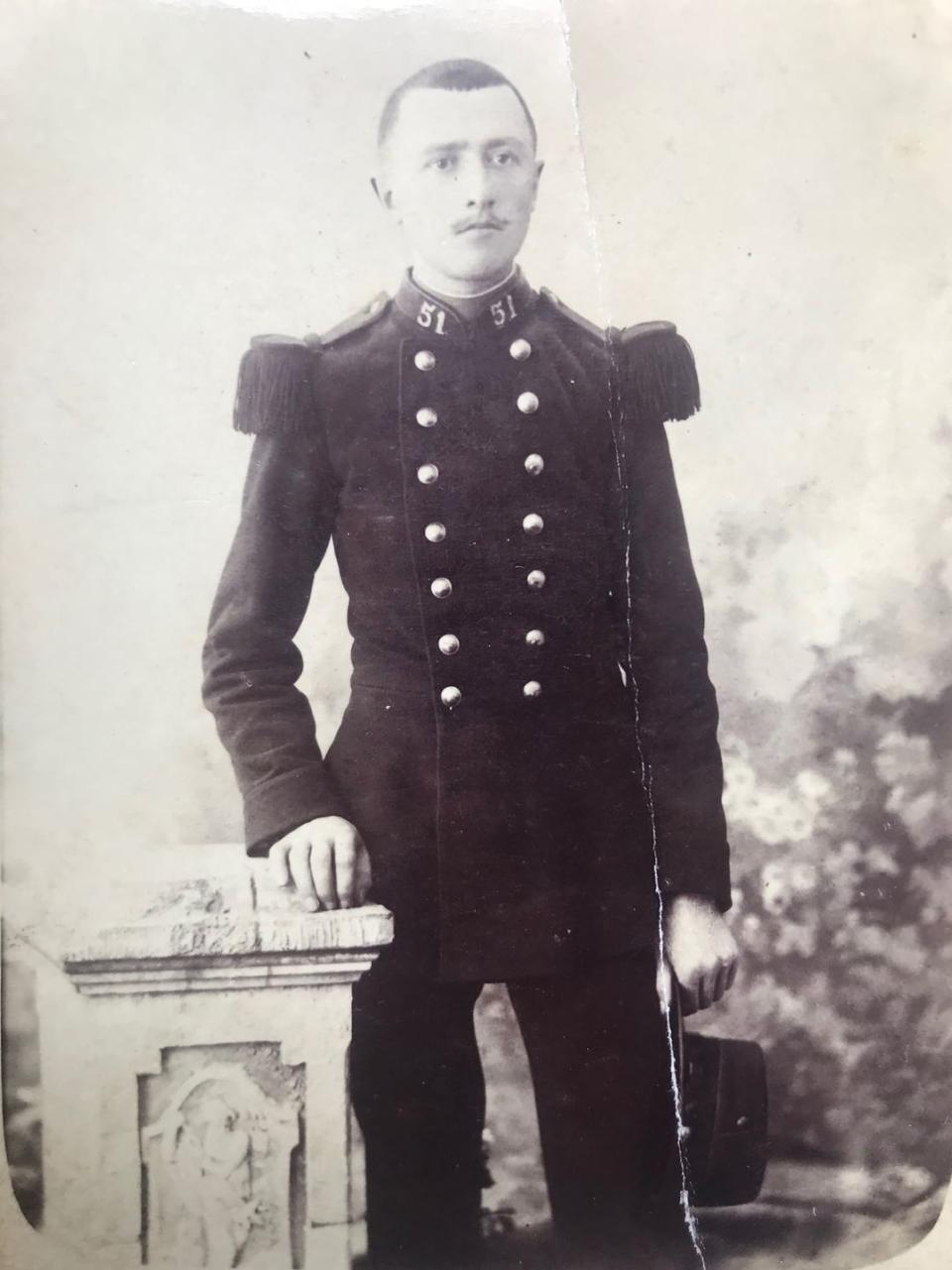
My paternal grandmother's side of the family were Polish residents blessed with French passports ever since a quarter master in Napoleon's Grande Armée decided to remain in Warsaw, even as the emperor's army (or what was left of it) retreated westward in 1812 after its disastrous defeat by tsarist forces and the Russian winter. French passports were a privilege passed on through his male descendants to their otherwise Polish (although often bilingual) families, and a means to flee when necessary the uncertainties of Poland's partitions and wars.
At the outbreak of World War I, following the German invasion of Poland, the Bernhards were evacuated by the French government to what was safety in Russia (my future grandmother was then a teenager). A few years later, in July 1918, with the Bolshevik Revolution in full swing, again their French passports came to the rescue: they were evacuated by the French from an increasingly violent Moscow, via Murmansk, to Paris, where they waited out the last months of the war before returning in 1919 to their interrupted lives in Poland.
At the end of the second World War, my grandmother (she was in her 50s by then) was imprisoned for nine months by the country's new Communist overlords on unspecified charges. (Might have had something to do with her having owned a business—a capitalist! But no one knew.)
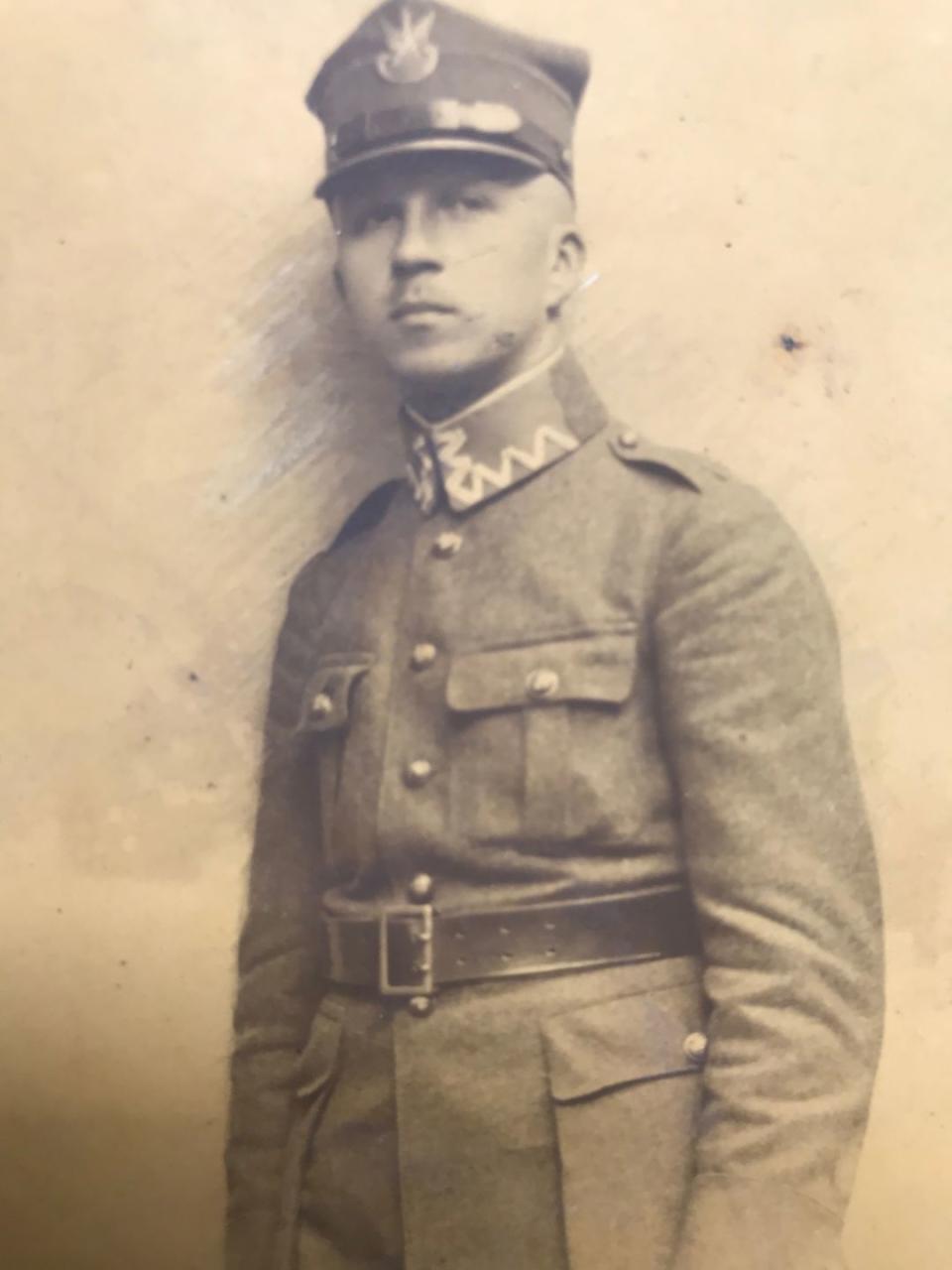
Upon her release, she emigrated permanently to Paris. "Unless I could have my right to a French passport, which I lost when I married your grandfather [a Glowczewski], restored," she told me years later, "I could never feel safe in Poland again." Remembrance of powerful passports past.
I was born during the Communist years. My parents were singularly fortunate—the building and the apartment they moved into, owned by the Glowczewski family in downtown Warsaw since the 1800's and where my father had been born, had survived World War II, one of a tiny handful miraculously not destroyed as the departing Germans dynamited, razed, and set the city on fire.
Weirdly, there were even some antiques in the apartment, family portraits in oil from the 1920s (white tie, silk dress), 19th century brass candelabras. Still, these were difficult times (I was told): Grocery stores were empty, lines for toilet paper snaked around the block, and security forces could come pound with impunity on your doors in the middle of the night. "Abroad," the "West," was what one dreamed about.

But that dream required, first and foremost, obtaining a passport, the only way to travel. Had there been a passport index back then, Poland's travel document would have ranked miserably low on its "mobility scores." The game was to obstruct travel, to deny citizens glimpses of the free world beyond Poland's borders, lest home and the governing regime were judged for what they were.
My parents managed a brief 1957 foray to France--Stalin had died a few years earlier, there was a bit of a "thaw." But the Polish passport of the era was not a birthright but a grace capriciously bestowed or withheld by apparatchiks whom the supplicants encountered at the end of long lines in the bowels of governmental buildings or, if circumstances called for special attention, in downtown cafes.

In the early 1960s my father, who during WWII was a fighter pilot in a Polish squadron under RAF and later became an architect, received (on the strength of several buildings he designed in Poland in the late 1950s) a Ford Foundation grant for a five-month, all-expenses paid visit to America to meet with architectural luminaries, tour projects, and visit schools of design. (It was a period of expansive American gestures and global engagement, the early years of the so-called American Century.)
All he needed was a passport.
The authorities requested an off-site. "There were two of them, young, handsome gentlemen in navy blue suits, white shirts, good quality ties, with short, fashionably cut hair," my father noted in his memoirs about one such meeting to discuss his departure. "'We'd like to congratulate you on gaining the American grant,' they said. 'We realize that you wish to develop your talents fully, to hoist your sails, as they say. We are all for such contacts. Except that there has been a bit of an misunderstanding...'"
They expected my father to report to them on any meetings he had with foreigners; he wouldn't. The stalemate lasted for almost a year, the Ford Foundation standing by patiently. Eventually, my father got his passport and off he went. Offered a teaching position at the School of Design at North Carolina State University, he came back to get us, my mother and me. We got a passport, too (young children shared their mother's). Often in later years we wondered why my mother's passport had been so easily granted.
Because passports need to be renewed, our saga continued. The frequency with which those Polish passports had to be renewed was exceptional, a perverse control mechanism, and renewal could not be achieved by simply visiting a Polish consulate in the United States.
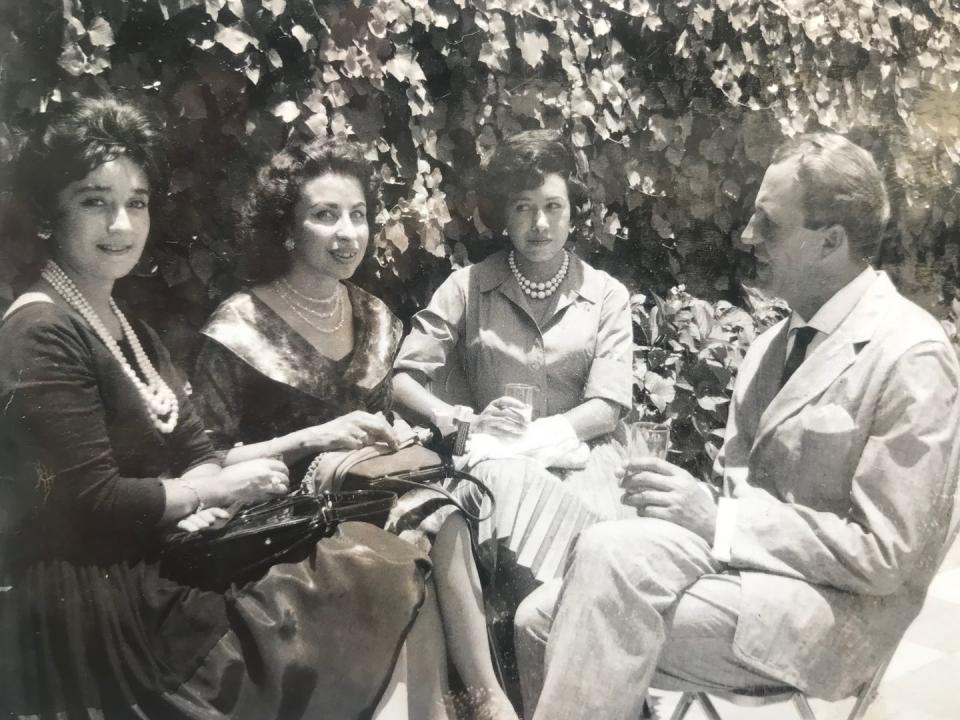
My father had to return to Warsaw, barely two years after we'd left (it was 1964), to take care of things. At first he got a categorical "no." A day or so later came a phone call. A muffled voice asked him for a meeting in the coffee bar across from a cinema. "So they haven't forgotten me after all," he wrote in his memoirs. "A short man in a grey overcoat placed himself on a stool next to me. 'So you want to go to the USA again, Professor?' he began softly, while placing an attache case in his lap. It was just the beginning of a long conversation."
Things were not looking good. A day later the phone rang again. "'Good morning, Professor, your passport is waiting for you and you haven't come to pick it up. Has something happened?" (The condescending irony of a Community Party bureaucrat backing down.)

Arriving at the passport office, my father was shown upstairs to to a private room and invited to look inside a drawer in the desk of his interlocutor. "It was full of photographs of me," he recalled "on my own, with other people, taken in the countryside, on a train in the mountains, in the streets. I did not say another word. Neither did he. Suddenly, I was very, very tired. As I turned to leave, I heard behind me, 'Go ahead, go downstairs and wait for your passport."
After I received my American passport, I left the Polish one lapse until Poland joined the European Union in 2004. But I have it now: Happily, both Poland and the US allow dual citizenship.
Earlier on in the pandemic, an American friend said to me: "Why don't you just get on a plane with that Polish passport of yours and go work remotely in—what's your pleasure?—Pantelleria? Provence? I can't but you can."
I hadn't considered it. The world of passports shifted on its axis for me that day.
I now track the Polish passport's rankings. It is at a respectable number 15 on the 2020 Henley Index, with a visa-free score of 176. Poland is looking even better on the Passport Index, at number 5 in the "global passport power rank" (tied with the Czech Republic, Slovenia, Estonia, Latvia, Hungary, and Lichtenstein), and at 29 in the "individual passport power rank." (America's rankings, remember, are 21 and 52, respectively.)
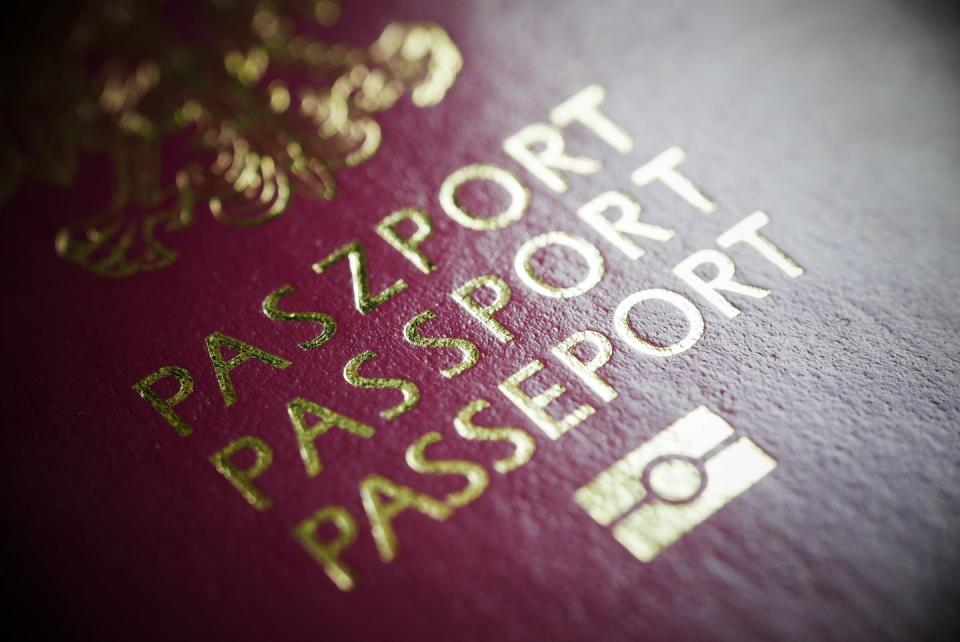
My deep-red Polish passport, with both Unia Europejska and Rzeczpospolita Polska stamped on it in gold, is no longer gathering dust but is tucked into my purple leather passport holder right alongside my blue United States one. I like how it all looks visually. And I really love what it's doing for my "personal mobility score." The US passport's score is now 85. But Poland's is the significantly higher 115. Take out duplications, and I'm up 38 points/countries—sitting at 123 with my two passports combined.
Unless something changes, you see, I can go to Poland any time. Passport holders are permitted to enter despite the Covid-19 exclusions. Even if they reside in the United States. And once inside the borders of the EU, here are some of the more tempting places I can go to with a Polish passport that the American one, at least for the foreseeable future, doesn't permit me: Austria, Belgium, Croatia, Cyprus, Czech Republic, Denmark, Estonia, Finland, France, Germany, Greece, Grenada, Hungary, Iceland, Italy, Malta, Montenegro, the Netherlands, Norway, Sweden, Switzerland, Thailand, and the United Arab Emirates.
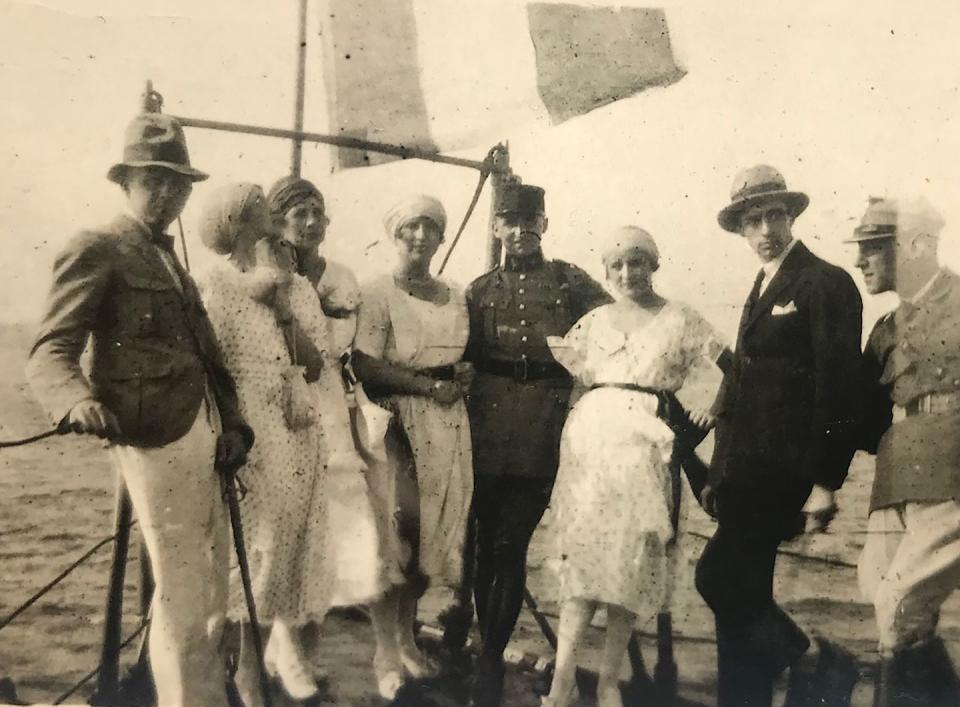
Oddly, though, per the Passport Index, I cannot travel on my Polish passport to the United States: It is enforcing the Covid-19 ban against Polish passport holders.
But that's OK. Were I to leave the United States on my Polish passport (which I would need to do to be let onto a Warsaw-bound plane in JFK), I would need my American one to return. That too is passport power, I guess.
You Might Also Like

